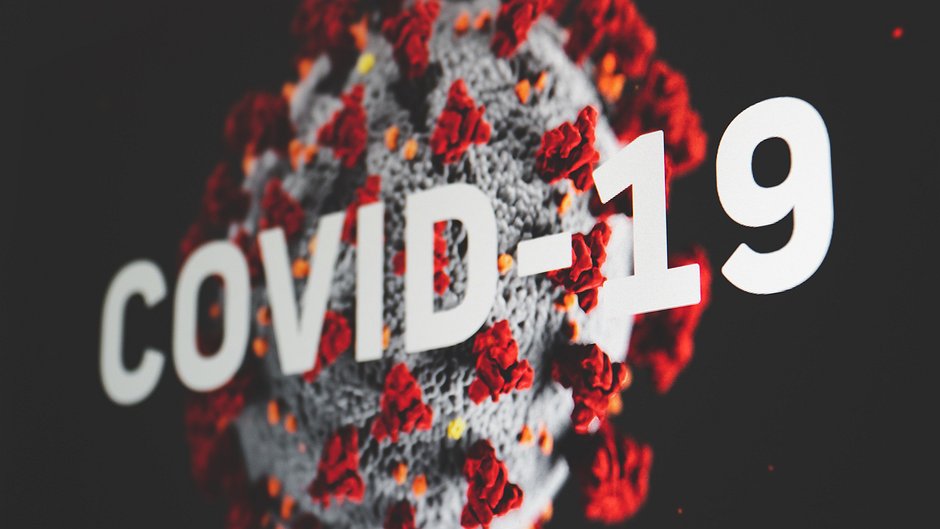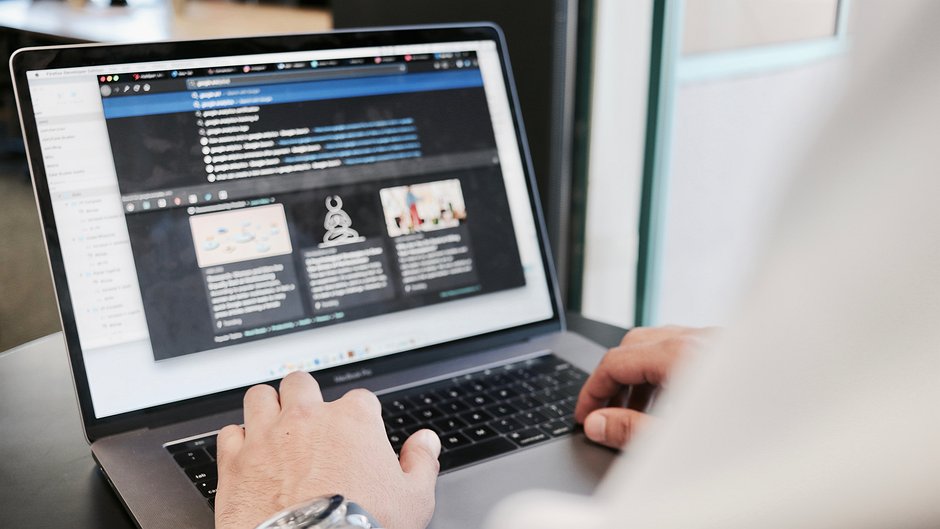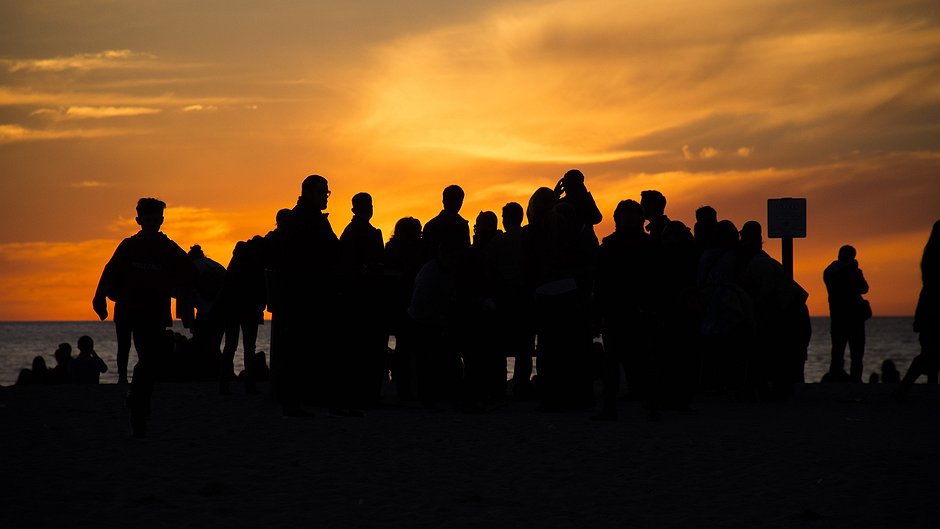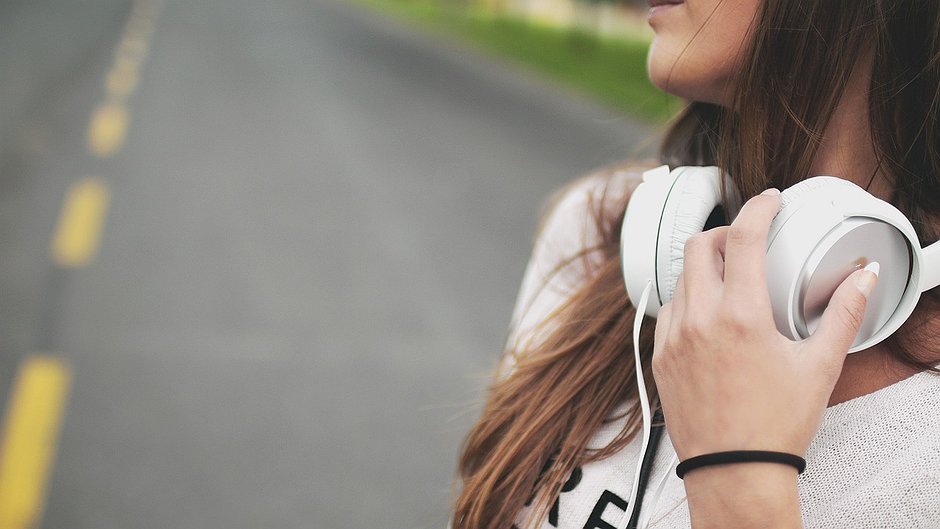
Five top digital security tips to protect your video
When it comes to digital security and recording video, protesters and activists have to take the highest precautions to protect their sources. What are the best steps you can take when wanting to protect critical information relating to your video? If you are worried about revealing sensitive information to the wrong people, there are several things you can do when it comes to protecting your video.
1. Use codes or pseudonyms instead of real names and data (but be aware that this can jeopardize your identity, keep this information stored securely, or don’t write it down at all).
2. Edit or strip the metadata from a file. Although if you do this, it also means you can’t verify the veracity of your file.
3. Be careful when uploading as some online platforms make the metadata available.
4. Encrypt your data and your communications whenever possible.
5. Keep backup copies in a safe place. It’s a good idea to keep copies in separate locations, for example in offices or other people’s homes to guard against the risks of things like fire, flooding, and raids.
Want to improve your video skills? Take WITNESS’ free course on Advocacy Assembly.
Related courses

90 mins
 School of Data
School of Data
90 mins
 School of Data
School of Data Rory Peck Trust
Rory Peck Trust
50 mins
 Rory Peck Trust
Rory Peck Trust
Blogs

6 useful resources for journalists covering Covid-19
With a global pandemic spreading throughout the world, journalists are under increasing pressure to report accurate and relevant news for the masses. Often when covering a crisis, those on the reporting frontlines compromise their physical safety and mental health. To show some solidarity, the Advocacy Assembly team curated a list of useful resources from other organisations leading the way on this.

5 ways to find data for your next story
Data journalism is fast becoming a big trend in newsrooms across the globe. However, data isn’t always so easy to find. Here are five ways to get data for your next article.



